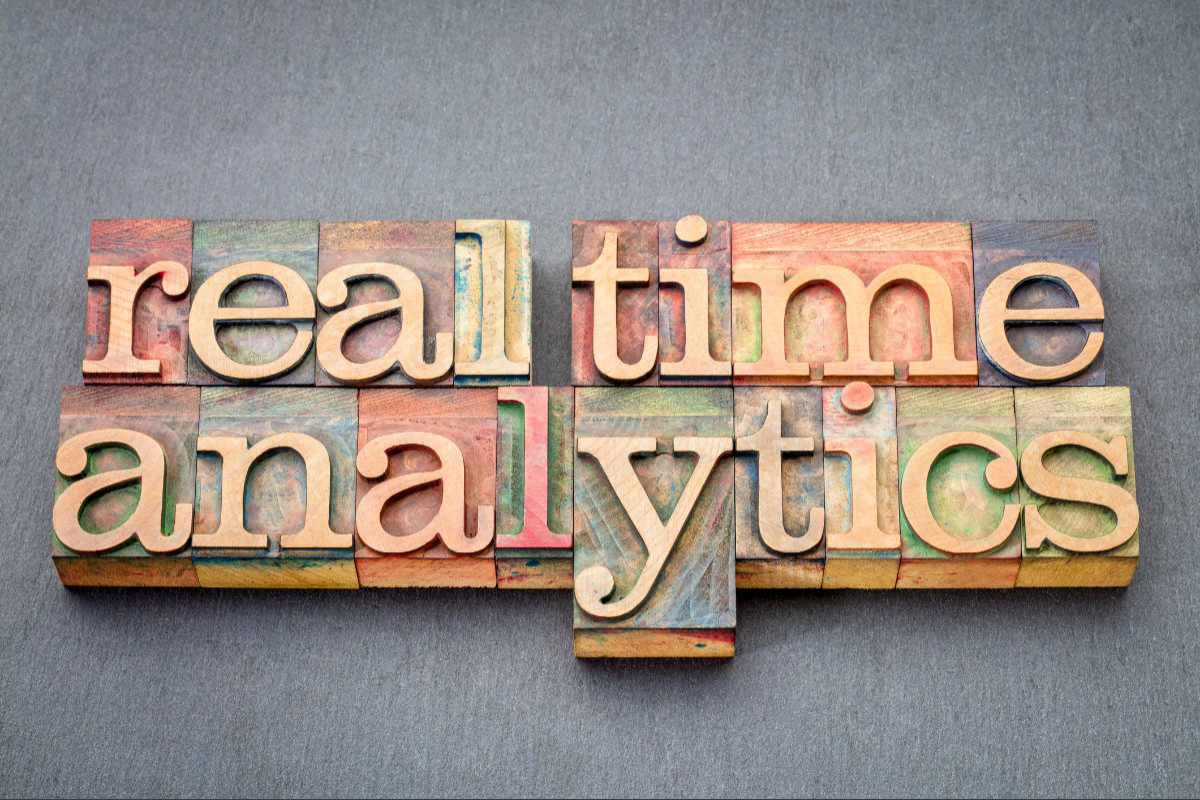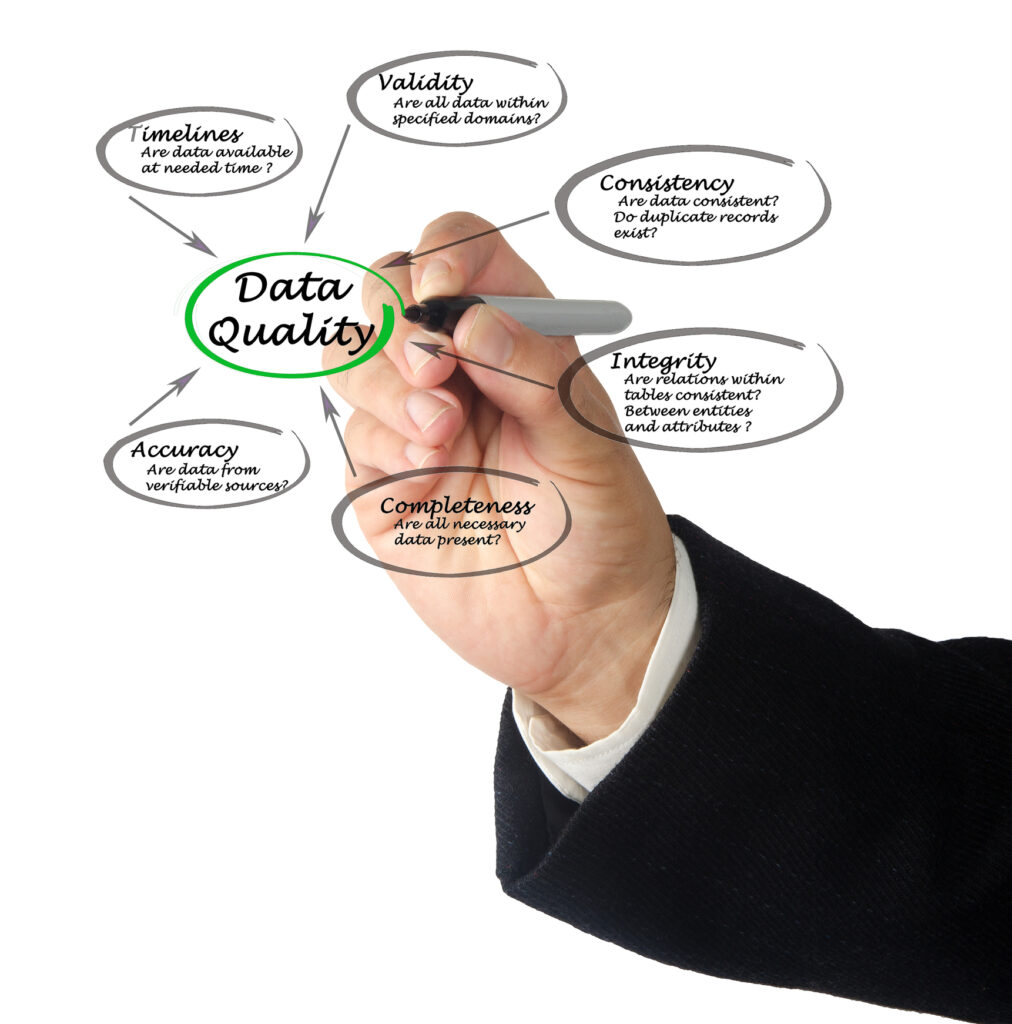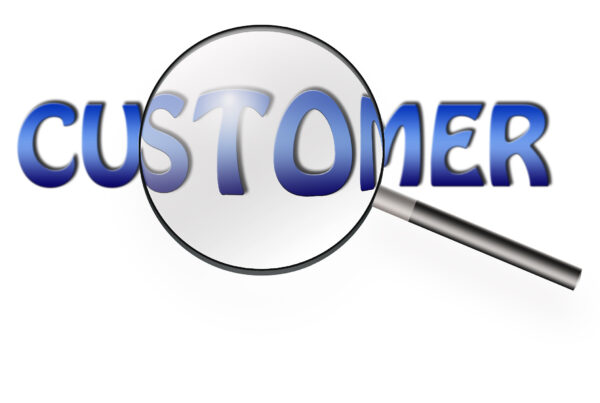
Utilities need to ensure that the data they are collecting is high quality, specific to their needs, preemptive in nature, and, most importantly, real-time.
In the utility industry, high-quality data plays a critical role in effectively managing assets and delivering reliable services to customers. However, it is not enough to collect data; utilities need to ensure that the data they are collecting is high quality, specific to their needs, preemptive in nature, and, most importantly, real-time. This article will discuss five ways utilities get more out of real-time data.
1. High-Quality Data
The first and most crucial aspect of real-time data is ensuring its accuracy and reliability. Utilities need to ensure that their data is of high quality, which means that it is both accurate and relevant. Over-generalized data can be misleading and may not provide the necessary insights to make informed decisions. Additionally, inaccurate data can lead to costly mistakes and disruptions in operations.
To ensure high-quality data, utilities need access to better data sources. This means leveraging technologies such as software and other tools to capture real-time data. These sources provide more accurate and timely data used to make better decisions. Additionally, utilities must invest in data validation and verification tools to ensure that the data they are using is accurate and reliable.
2. Data Specific to Your Needs
Utilities need to ensure that the data they use is specific to their needs. This means that the data should solve specific problems and provide relevant insights into the business. For example, data on energy consumption patterns can help utilities optimize their power generation and distribution infrastructure. Similarly, data on customer behavior can help utilities improve customer engagement and satisfaction.
To ensure that the data is specific to their needs, utilities need to define their use cases and identify the data required to achieve their goals. This means that they need to have a clear understanding of the business objectives and the data necessary to achieve them. By doing so, they can avoid using irrelevant data that may not provide the insights they need.

3. Make Your Data Proactive
Utilities tend to be reactive in their approach to data. They rely on historical information to understand why problems occur and then take corrective action. However, this approach is not always effective in preventing issues before they occur. In contrast, real-time data helps leaders make tactical decisions that prevent problems before they occur.
To make data proactive, utilities need to leverage predictive analytics. Predictive analytics uses machine learning algorithms to analyze real-time data and predict future outcomes. By doing so, utilities can identify potential issues and take strategic measures to prevent them. For example, predictive analytics can identify equipment failures before they occur, allowing utilities to take corrective action before the equipment fails.
4. Data Redundancy
Utilities need to ensure that their data is redundant. This means they should not rely on a single source of truth for their data. Instead, they should have multiple data sources for validating and verifying the accuracy of the data. This is important because if a data feed is lost, it may disrupt the entire system.
Additionally, utilities need to clearly understand the differences between one source and multiple sources. This means they need to understand the nuances of each data source and how it differs from the others. By doing so, they can identify potential issues and take corrective action before they occur.
5. Data is Constantly Changing
Utilities must understand that data is constantly changing and ensure their data is truly real-time. For example, forecast data from a model could be five or six hours old and may not provide the necessary insights to make informed decisions. Similarly, utilities need to know the sources of their data and how often it updates. The frequency is important because outdated data often may not be accurate or relevant to the current situation.
Utilities can invest in technologies to ensure that data is truly real-time. These technologies enable utilities to process data while providing access to the most up-to-date information. Additionally, utilities must ensure they have access to data from reliable and trustworthy sources.
Modernizing How Utilities Use Data
Real-time data is critical for the utility industry and provides the insights they need to optimize operations and improve customer satisfaction. However, to get the most out of real-time data, utilities need to ensure that the data is of high quality, specific to their needs, proactive, redundant, and genuinely real-time. By doing so, they can make informed decisions that improve their bottom line and better serve their customers.
In the last few years, the world of critical event management has changed rapidly. As a result, what was the norm five years ago is no longer applicable. Existing solutions have failed to adapt to market changes and don’t offer the features users need, e.g., solutions that provide alerts but don’t offer forecasting tools, weather prediction, or the ability to manage critical events. As a result, many companies miss out on essential safety aspects or settle for a tool that doesn’t truly satisfy their needs.
Kepler51 solves the problem by providing a complete platform for tackling critical and disruptive events, from environmental hazards to facility risk management and managing connected devices or models. Kepler51 orchestrates sensing devices, nowcasting and forecasting models, display tools, and a sophisticated alerting system that can integrate business workflows and decision-making chains.

Matt Deter is the Director of Business Development for Kepler51 Analytics. When Matt is not keeping utilities and some of the largest companies in the world safe by providing real-time situational awareness, he is coaching his son’s soccer team, training his daughter in volleyball and working to be the best husband and father he can be.















